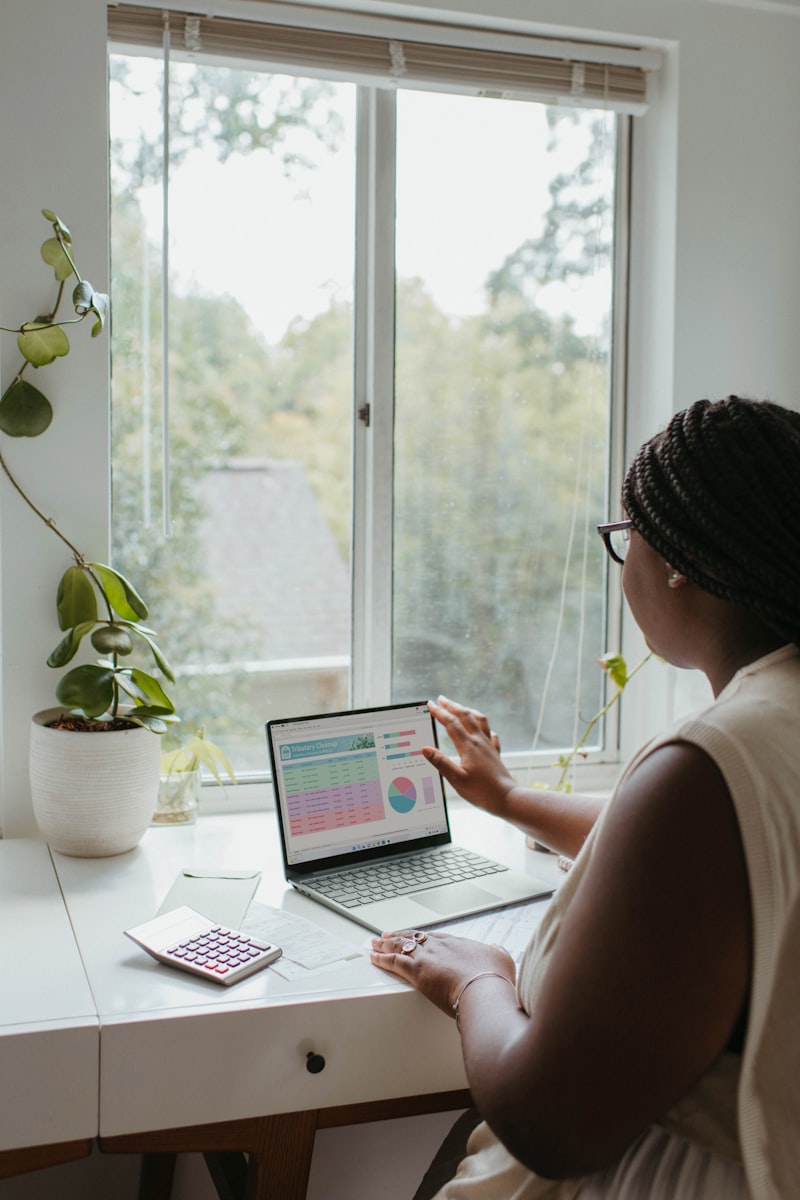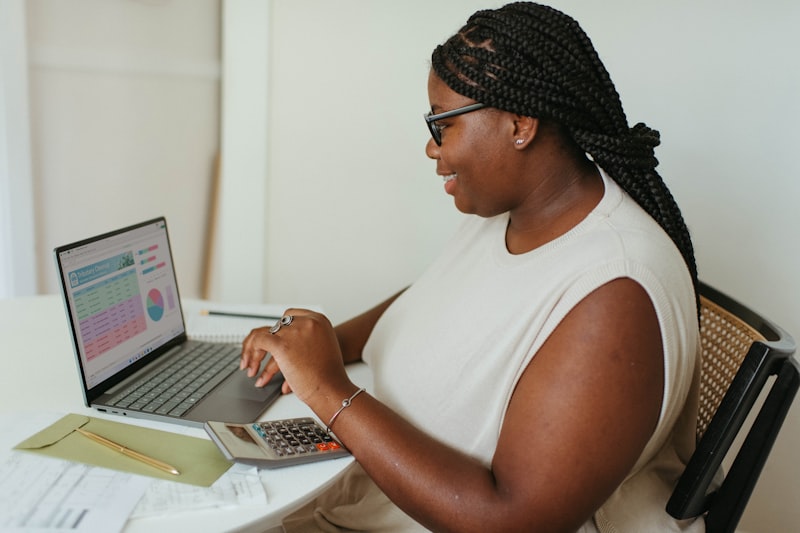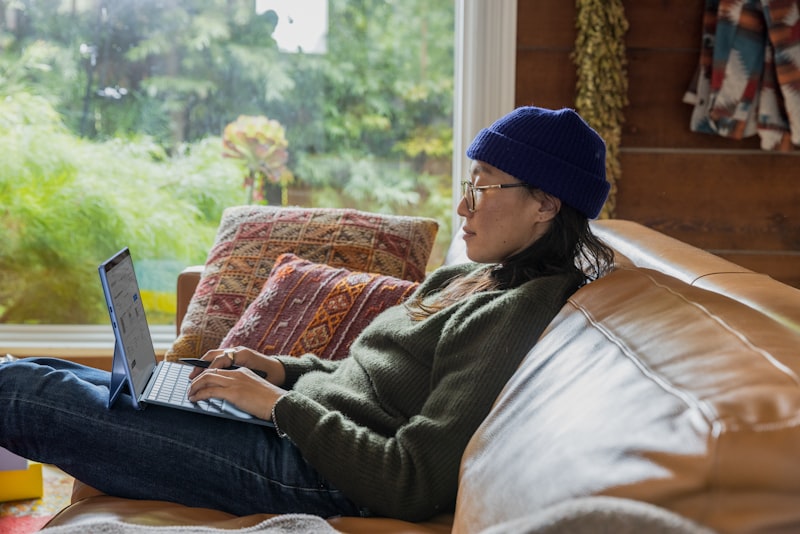Vulvodynia: Symptoms and Ways to Relieve

Are you experiencing persistent pain, burning, or discomfort in your vulva? If so, you may be dealing with a condition known as vulvodynia. This article will delve into the symptoms of vulvodynia and provide you with some natural ways to find relief from this distressing condition.
Vulvodynia, colloquially referred to as “chronic vulvar pain,” is a condition that affects women and can significantly impact their quality of life. The exact cause of vulvodynia remains unknown, making it difficult to diagnose and treat effectively. However, there are common symptoms associated with this condition that can help identify its presence.
One of the primary symptoms of vulvodynia is persistent pain or discomfort in the vulva area. This pain may be described as burning, stinging, or rawness. It can occur spontaneously or be triggered by touch, sexual intercourse, or even prolonged sitting. In addition to pain, some individuals may experience itching or soreness in the affected area.
Now, let’s explore some natural ways to find relief from vulvodynia symptoms. While there is no one-size-fits-all solution, these methods have been found to provide comfort for many affected individuals.
-
Practicing good hygiene: Avoid using harsh soaps or douches and opt for mild, fragrance-free cleansers. Rinse the vulva area with warm water and pat dry gently.
-
Wearing breathable underwear: Opt for cotton underwear, which allows better air circulation and reduces irritation. Avoid tight-fitting clothing that might increase friction.
-
Applying a cold compress: Placing a cold pack wrapped in a thin cloth on the vulva can help alleviate pain and reduce inflammation.
-
Trying relaxation techniques: Stress and anxiety can exacerbate vulvodynia symptoms. Engaging in relaxation techniques such as deep breathing, meditation, or yoga may help manage pain and promote overall well-being.
Seeking support: Joining support groups or seeking counseling can provide valuable emotional support. Connecting with others who share similar experiences can be empowering and comforting.
Remember, it’s crucial to consult with a healthcare professional for an accurate diagnosis and personalized treatment plan. While these natural methods may offer relief, they are not intended to replace medical advice.
Vulvodynia is a condition characterized by persistent pain, burning, and discomfort in the vulva area. Although its exact cause remains unknown, there are various natural ways to find relief from its symptoms. By implementing good hygiene practices, wearing breathable clothing, applying cold compresses, practicing relaxation techniques, and seeking support, individuals with vulvodynia can take steps towards managing their symptoms and improving their quality of life.
Unlocking the Mystery: Understanding Vulvodynia and Its Impact on Women’s Lives
Have you ever experienced persistent pain or discomfort in the vulvar area without any apparent cause? If so, you may be one of the many women affected by a condition called vulvodynia. This enigmatic condition can have a profound impact on a woman’s life, both physically and emotionally. Let’s delve into the mystery of vulvodynia and shed light on its implications.
Vulvodynia is characterized by chronic vulvar pain, often described as burning, stinging, or rawness. It affects the delicate tissues surrounding the opening of the vagina and can occur spontaneously or when pressure is applied, such as during intercourse or even sitting for long periods. The exact causes of vulvodynia remain elusive, making it a challenging condition to diagnose and treat effectively.
The impact of vulvodynia goes beyond the physical discomfort it causes. Many women who suffer from this condition experience significant emotional distress, leading to feelings of frustration, isolation, and even depression. The constant pain can disrupt daily activities, affecting work, relationships, and overall quality of life. It’s crucial to recognize that vulvodynia is a real and valid medical condition, not just a figment of imagination.
Although the precise mechanisms of vulvodynia are still unknown, various factors may contribute to its development. These include nerve damage or irritation, hormonal imbalances, muscle abnormalities, genetic predisposition, and even psychological factors like stress or past trauma. Each woman’s experience with vulvodynia is unique, which further adds to the complexity of understanding and treating the condition.
Managing vulvodynia requires a multidisciplinary approach involving healthcare providers specializing in women’s health. Diagnosis typically involves ruling out other conditions and conducting thorough pelvic examinations. Treatment options may include topical medications, nerve blocks, physical therapy, and counseling to address the emotional impact. It’s essential to find a knowledgeable and empathetic healthcare professional who can guide you through the journey of managing vulvodynia.
Silent Suffering: Exploring the Hidden World of Vulvodynia and Its Symptoms
Introduction:
Have you ever heard of vulvodynia? It’s a silent condition that affects countless women around the world, yet remains largely unknown. This article delves into the hidden world of vulvodynia, shedding light on its symptoms and the challenges faced by those who experience it.
Unmasking the Mystery:
Vulvodynia is a chronic pain disorder that affects the vulva, the external genitalia of women. But what sets it apart from other conditions is its elusive nature. Unlike other visible ailments, the suffering caused by vulvodynia hides beneath the surface, creating a world of silent pain.
The Unrelenting Pain:
Imagine living with persistent burning, stinging, or sharp pain in the vulvar region without any apparent cause. That’s the reality for many women with vulvodynia. The intensity of the pain can range from mild discomfort to excruciating agony, making even simple activities like sitting or wearing tight clothing agonizing.
Symptoms as Unique as Individuals:
Vulvodynia manifests differently for each woman, making it challenging to diagnose. Some may experience constant pain, while others have occasional flare-ups. The pain can be localized to specific areas or spread across the entire vulva. It may also vary in intensity throughout the day, affecting both physical and emotional well-being.

A Life of Uncertainty:
Living with vulvodynia can be emotionally and mentally draining. The constant pain and uncertainty of its triggers and duration can lead to anxiety, depression, and a decreased quality of life. Many women suffer silently, often feeling isolated and misunderstood due to the lack of awareness surrounding this condition.
Seeking Relief:
Finding effective treatments for vulvodynia can be a journey filled with trial and error. There is no one-size-fits-all solution, as what works for one woman may not work for another. Treatments may include topical creams, nerve blocks, physical therapy, and even counseling to manage the emotional toll. Support groups and online communities can also provide a vital lifeline for those seeking understanding and guidance.
Conclusion:
Vulvodynia is a hidden world of pain that silently affects the lives of many women. By shedding light on its symptoms and challenges, we hope to create awareness and understanding. It’s time to break the silence surrounding vulvodynia, support those who suffer, and work towards finding better solutions for this often-overlooked condition.
Breaking the Taboo: Shedding Light on Vulvodynia and Empowering Women to Seek Help
Picture this: you’re a woman experiencing persistent pain in your most intimate area, and you’ve been keeping it a secret, feeling isolated and confused. You might be suffering from vulvodynia, a condition that affects countless women worldwide but remains shrouded in silence and stigma. It’s time to break the taboo surrounding vulvodynia, raise awareness, and empower women to seek the help they deserve.
Vulvodynia refers to chronic pain or discomfort in the vulva, which is the external genital area of a woman. The pain can be constant or intermittent, ranging from mild to severe, and may manifest as burning, stinging, or soreness. This condition can have a significant impact on a person’s quality of life, affecting daily activities, intimacy, and mental well-being.
While the exact cause of vulvodynia remains unclear, it is believed to result from multiple factors, including nerve damage or irritation, hormonal imbalances, muscle spasms, or past infections. Unfortunately, due to the lack of awareness and understanding, many women suffer silently for years, unaware that effective treatments and support are available.
Empowerment begins with knowledge and understanding. Women experiencing symptoms of vulvodynia should not hesitate to consult their healthcare provider. An accurate diagnosis is crucial, as there are various conditions that can mimic vulvodynia, and each may require different approaches to treatment.
Treatment options for vulvodynia range from self-care measures to medical interventions. Simple lifestyle changes such as avoiding irritants, wearing comfortable clothing, and practicing good hygiene can provide relief for some individuals. Topical medications, physical therapy, and nerve blocks are among the medical interventions that healthcare professionals may recommend based on individual needs.
Beyond seeking professional help, connecting with fellow sufferers can be tremendously empowering. Online support groups and communities provide a safe space for women to share their experiences, exchange coping strategies, and find solace in the knowledge that they are not alone.
Remember, breaking the taboo surrounding vulvodynia is a collective effort. By raising awareness, we can encourage open conversations, promote research, and drive advancements in treatment options. Together, let’s empower women to shed the burden of silence, seek help, and embrace a life free from the pain of vulvodynia.
Pain No More: Discover Effective Strategies for Relieving Vulvodynia Symptoms
Introduction:
Are you tired of suffering in silence due to the excruciating pain caused by vulvodynia? If so, take a sigh of relief because this article is here to help. We understand how overwhelming it can be to deal with the discomfort and how it affects your daily life. But fret not! In this article, we will unveil some effective strategies that can provide relief from vulvodynia symptoms, allowing you to reclaim your comfort and well-being.
Understanding Vulvodynia:
Vulvodynia refers to chronic pain and discomfort in the vulva, the external female genitalia. It is often characterized by a burning, stinging, or sharp sensation, which can make activities like sitting, urinating, or having sexual intercourse extremely painful. The exact cause of vulvodynia remains unknown, but various factors such as nerve damage, hormonal changes, muscle spasms, and even psychological factors might contribute to its development.
Exploring Effective Strategies:
-
Topical Treatments: One of the primary approaches to alleviate vulvodynia symptoms is through topical treatments. These can include lidocaine creams, estrogen creams, or corticosteroids, which help numb the affected area, reduce inflammation, and provide temporary relief from pain.
Pelvic Floor Physical Therapy: Pelvic floor physical therapy focuses on strengthening and relaxing the muscles in the pelvic region. This therapy involves exercises, stretches, and massage techniques tailored to address vulvodynia symptoms. By releasing tension and improving blood flow, pelvic floor physical therapy can significantly reduce pain.
-
Cognitive-Behavioral Therapy (CBT): Since vulvodynia can have an emotional and psychological impact, CBT has proven to be beneficial. This form of therapy helps individuals identify and modify negative thought patterns and behaviors associated with the condition. By promoting stress reduction and coping mechanisms, CBT can enhance overall well-being and reduce pain perception.
-
Lifestyle Modifications: Making certain lifestyle changes can also contribute to relieving vulvodynia symptoms. These may include wearing loose-fitting cotton underwear, avoiding irritating fabrics or hygiene products, practicing good genital hygiene, and using water-based lubricants during sexual activity to minimize friction and discomfort.
Alternative Therapies: Some individuals find relief from vulvodynia symptoms through alternative therapies such as acupuncture, herbal supplements, or biofeedback. While the effectiveness of these approaches may vary from person to person, they are worth exploring under the guidance of a healthcare professional.
In conclusion:
Living with vulvodynia doesn’t have to be a constant battle against pain. By implementing these effective strategies, you can significantly reduce discomfort and improve your quality of life. Remember to consult with your healthcare provider before trying any new treatments to ensure they are suitable for your specific situation. Embrace hope, take action, and regain control over your well-being – pain no more!








